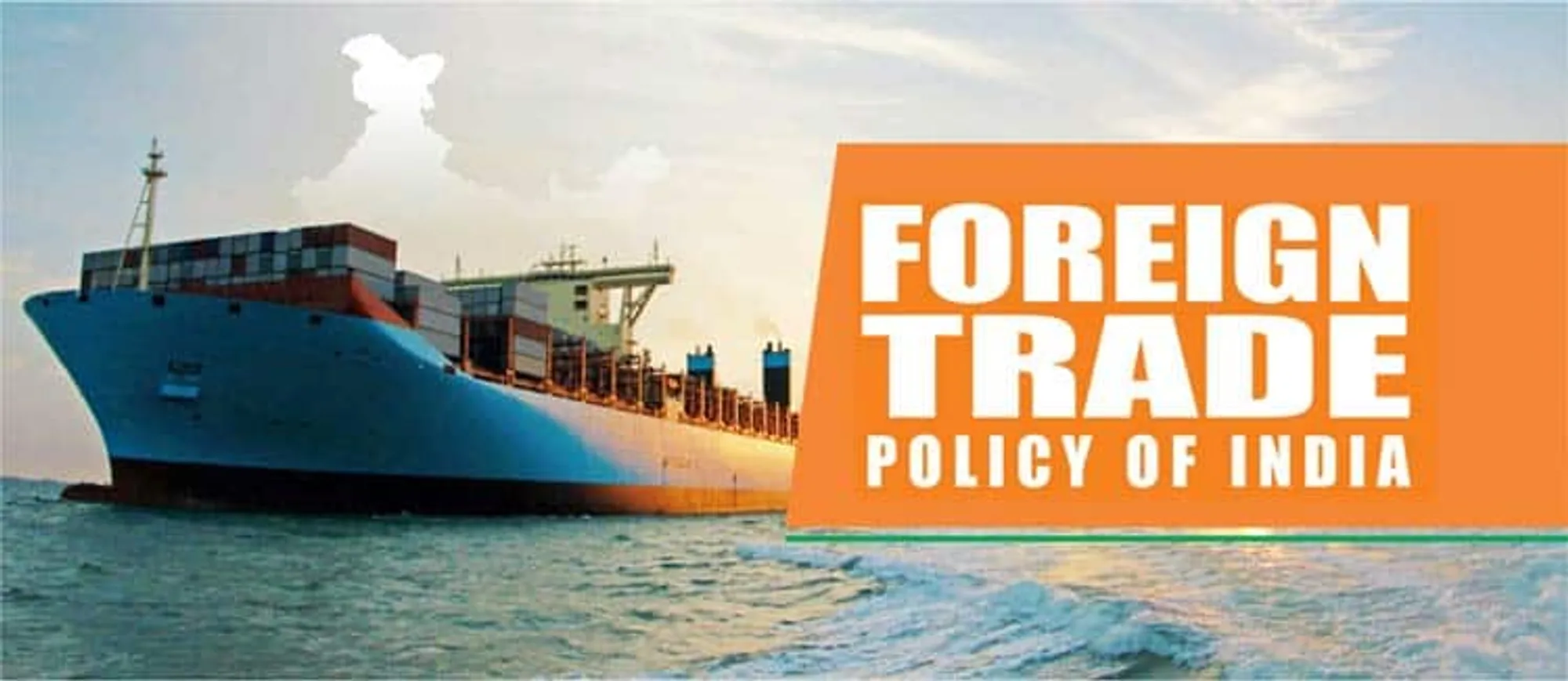Introduction
Before India got its independence, it had no clear trade policy, after independence a trade policy as a part of the general economic policy of development was formed.
Two phases describe Foreign Trade Policy. They are -Foreign trade policy before 1991 and Foreign Trade Policy after 1991.
Table of Contents
Phases of Foreign Trade Policy of India before 1991
- Phase I 1947 – 48:1955-56
- Phase II 1956 – 57: 1967-68
- Phase III 1968 – 69: 1974-75
- Phase IV 1975 – 76: 1989-90
Highlights of Phase I:
- Foreign trade was liberalised and adopted as the goal of trade policy.
- Export control and duties were relaxed.
- Export quotas got eliminated.
- The incentives were given to enhance export.
Highlights of Phase II:
- Import substitution strategy was followed to lessen dependence on foreign countries.
- Self-sufficiency in mega and capital goods industry was stressed.
- Very restrictive import policy and effective export promotion policy was adopted.
- Provision for the long lasting solution to the balance of payment problem endeavoured.
Highlights of Phase III:
- Increased allocation of raw material to export-oriented industries.
- Income tax relief to export earnings.
- Export promotion through import entitlement.
- Removal of disincentives initiated.
- Establishment of export promotion advisory council, a ministry of international trade.
New Trade Policy after 1991 that followed are:-
- Foreign trade policy 1991
- Export – import policy 1992-97
- Export – import policy 1997-2002
- Export – import policy 2002-2007
- Export – import policy 2003-2004
- Export – import policy 2004-2009
- Foreign Trade Policy 2009-2014
Key features of Foreign Trade 1991:
- Export promotion and import liberalisation by strengthening export incentive.
- Excluding quantitative restriction.
- Tariff structure made rational.
- Cash compensatory support system replaced by a scheme of the value based advance licensing scheme.
- Commerce Account joined with Current Account.
The objective of Export-Import Policy 1997-2002:
- To derive maximum benefit from expanding global opportunity.
- To enhance economic growth by providing raw material, intermediates, consumable assets for production.
- Increase in technological superiority and efficiency and Indian agriculture, industry, and service.
- To provide consumers with quality products at reasonable prices.
- To simplify the procedural formalities and follow the expanding freely importable list.
Export –Import Policy 2002-2007 Objectives:
- De-reservation from small scale industries and enhancement of technology.
- To facilitate sustained growth in export to earn a share of at least 1 % of global merchandise trade.
- To stimulate economic growth by providing access to essential raw material, intermediate, and capital goods for production and provide service.
- To enhance technology strength and efficiency of Indian agriculture, industry, and service.
- To accommodate consumers with quality products and service at internationality competitive price.
- Exclusive economic zones were created, and massive tax evaluations were also dropped.
- Decontrol and deregulation of the agriculture sector.
Highlights of Foreign Trade Policy 2004-2009:
- Push to export to garner 1.5% of world share by export $150 billion worth of merchandise.
- Hundred per cent FDI would be permitted for developing infrastructure.
- Import of seed, bulbs, and fibres.
- Goods and services, as well as exports, were excused from service tax through various policies.
- FDI enabled to increase and establish free trade and warehousing zone up to 100% and each to have Rs.100 crore outlays.
Foreign Trade Policy 2009-2014 Objectives:
The principal purpose of the system was to achieve an annual export growth of 15% with an annual export target of US $ 200 billion by March 2011. In remaining three years of foreign trade policy up to 2014, the country aimed to reach high export growth of around 25% per annum.
India’s Foreign Trade Policy plans to increase India’s share in the global commerce share by twofold by 2020.

